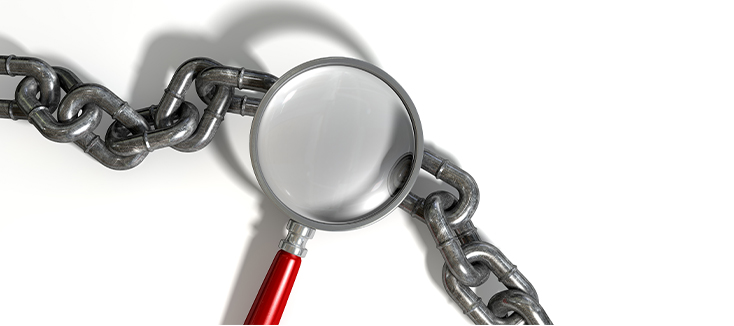Reprocessing reusable medical devices, like TEE ultrasound probes, can be a long and tiresome process, especially when you're busy juggling various other tasks throughout the day. In light of that, documentation and keeping track of records for each high-level disinfection procedure and maintenance event that occurs on each TEE probe can feel like a pointless task. Documentation is anything but pointless; it is, in fact, very important for accountability purposes and even compliance with standards for certification.
In the first place, documentation is important for ensuring every step is completed in the reprocessing procedure. By documenting each step along the way, you can be sure that no steps are accidentally skipped. This helps keep quality and standards high in the reprocessing department. Not just that, but documenting each step also keeps each person accountable for what they have or have not done. Everyone is held responsible for their own actions, not the actions of another. By keeping accurate records, any issues that arise can be traced back to their legitimate source.
Another role played by documentation is keeping your facility in compliance. The Joint Commission, for example, has various guidelines requiring documentation. For example, the Booster Pak states that high level disinfectant (HLD) solution and concentration must be, "monitored and documented and dated as per manufacturer instructions for use." Keeping records up to date and accurate is an important component in keeping your facility compliant with best practices and standards.
Anticipating this need, CS Medical has engineered our cleaners and disinfectors to help you make record-keeping as easy as possible. Our TEEClean® Automated TEE Probe Cleaner Disinfector, TD 100® Automated TEE Probe Disinfector, and TD 200® Automated TEE Probe Disinfector all come equipped with printers which will provide you with a printout at the conclusion of each maintenance event or high-level disinfection cycle. Included on the printout is the time, date, operator ID, probe ID, chemical type, lot number, serial number, run number, contact time, and contact temperature. The printout can be safely stored in the HLD TRACKER™ Documentation Log. This log satisfies the requirements of accrediting organizations like The Joint Commission and has spaces to record further information, like the results of electrical leakage testing. For even more record retention, the TEEClean also maintains these same records electronically and makes them available to transfer to USB.
Keeping records can sometimes be a tedious task, but that doesn't make it any less important. Be sure to maintain accurate and current records to safeguard your facility's standards of quality and to keep your facility compliant with required standards.


